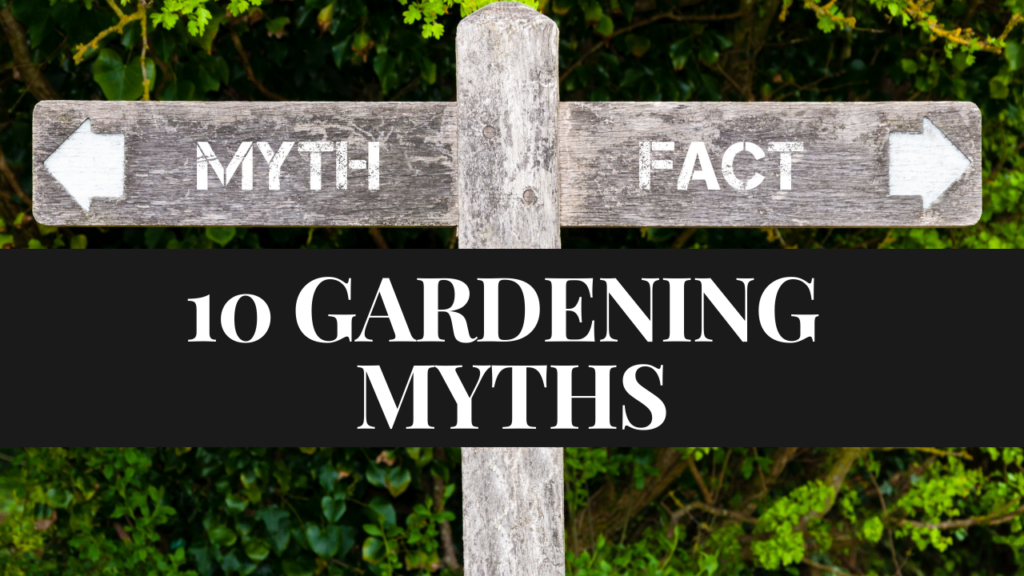In this article, we are going to talk about 10 garden myths to avoid.
There has been a lot of positive gardening advice passed down over the years, but there have also been some incorrect suggestions. Here are ten myths about landscaping and gardening that can be debunked.
When researchers put many homegrown garden tricks to the test, they simply don’t live up to the hype. Old patterns, on the other hand, take a long time to alter. After all, rather than brushing up on the latest university report, most gardeners learn from one another. We’ve done the legwork for you.
Here’s the list of the 10 garden myths to avoid.
10. Baking Soda Cures Black Spot.
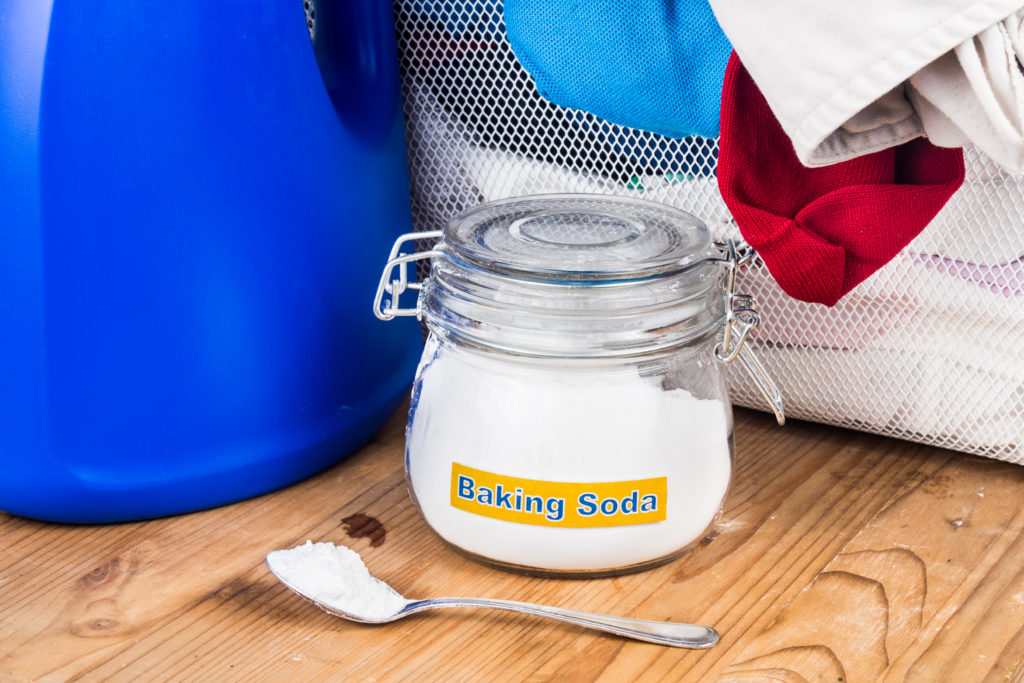
Baking soda, although effective against powdery mildew, is ineffective against black spots. However, here’s a tried-and-true home remedy: Until black spot becomes a severe problem, mix 1 part milk with 2 parts water and spray infected foliage once or twice a week. Powdery mildew can also be managed with this solution. However, since milk is acidic, it should not be used on edibles.
9. Gravel in The Bottom of Containers Improves Drainage.
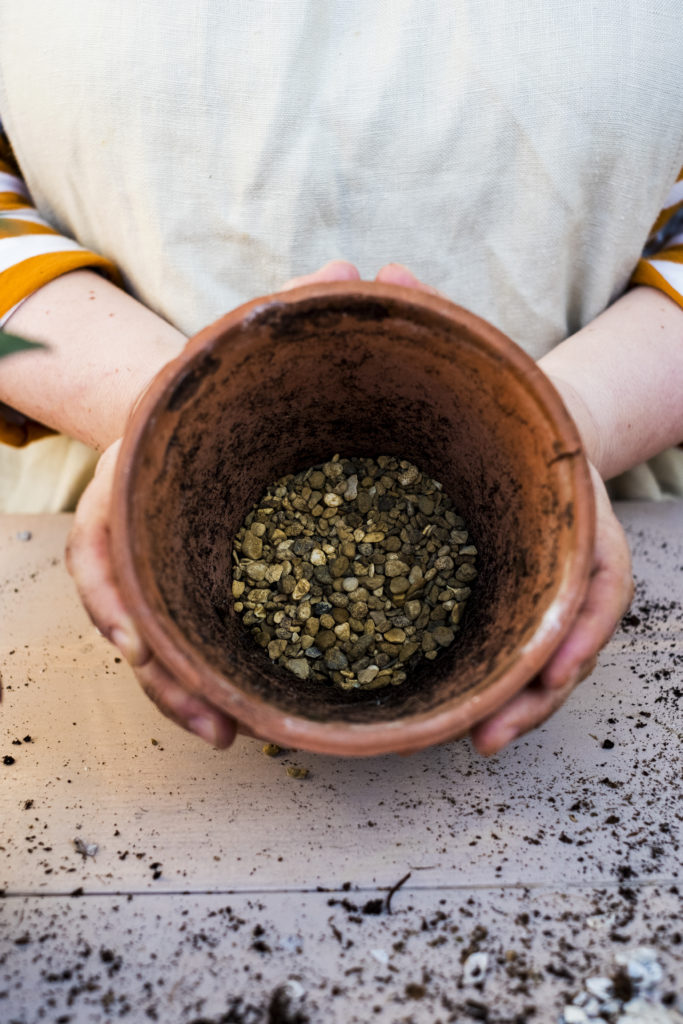
This is one of those urban legends that never seems to die. Adding gravel, on the other hand, increases the likelihood of root rot rather than avoiding it. Gravity pulls water down through the container, accumulating near the drainage opening. A layer of gravel at the bottom of the pot acts as a drainage hole and traps water in the same way as a drainage hole. Rather than keeping roots from sitting in water at the bottom of the container, the gravel simply pushes the pool of water higher up the pot, where it can do further harm. Using potting soil made of coarse materials, such as pine bark, is the safest way to ensure proper drainage. You may also add a few extra handfuls of perlite to the potting soil to keep it light and airy.
8. Painting Pruning Cuts Protects Trees From Disease and Insects.
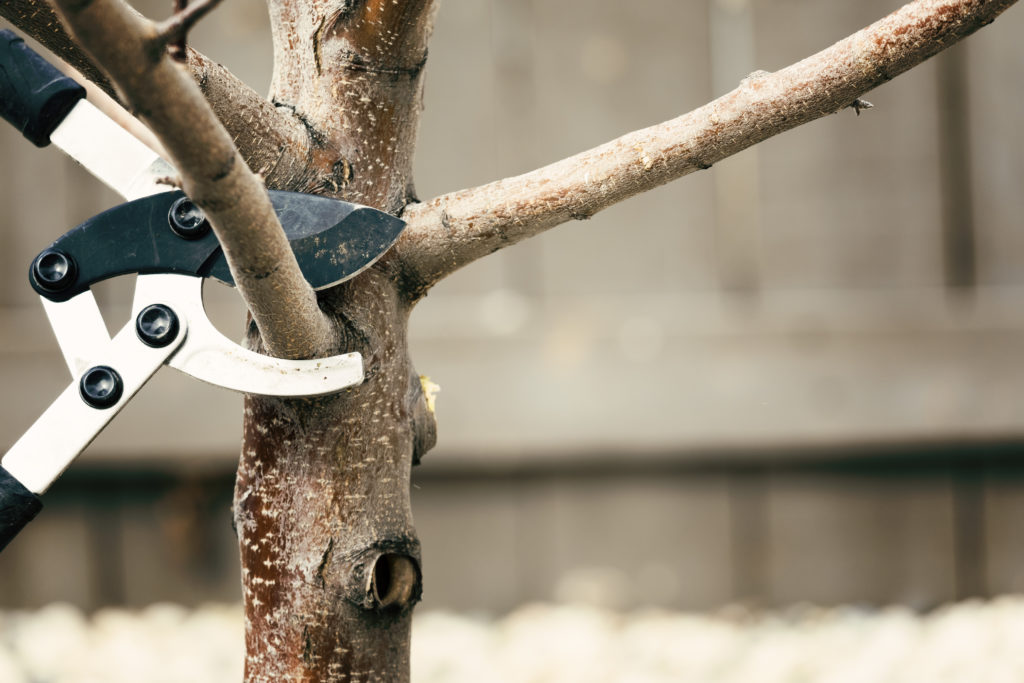
Skilled arborists stopped painting tree wounds and pruning cuts a long time ago. Pruning tar, or any other compound for that matter, does not seem to prevent disease or insects from penetrating tree wounds. According to research, this activity delays the natural healing process of trees, which seals wounds with a tough layer of “woundwood.” Making clean cuts with sharp tools and pruning in late winter, when diseases and insects are dormant, are the best ways to avoid harm.
7. Newly Planted Trees Require Staking.
Staking isn’t necessary unless your tree is top-heavy or in a very windy place. For young trees, a slight movement is potentially advantageous. Tree trunks grow thicker and stronger as they’re able to move, much like our muscles do when we exercise. Staked trees grow taller, but their trunks are skinny and frail, so stake as loosely and briefly as possible if you plan to stake. Staking is rarely needed for more than six months. To avoid cutting into the tree bark, place something soft against it, such as a length of garden hose.
6. Adding Sand to Clay Soil Improves Drainage.
Since clay particles are extremely fine and easily compacted, waterlogging is common in clay soil. Sand, on the other hand, is the polar opposite. Since the particles are coarse and less closely spaced, it drains quickly. Isn’t it true that applying sand to clay soil increases drainage? That’s not the case. The tiny clay particles fill in the gaps between the sand grains, forming a concrete-like substance. Compost, not sand, is the secret ingredient in improving clay. Till a 2-inch layer of compost over the entire planting area for immediate results. If the site is already cultivated, top-dressing with compost will provide similar results.
5. Adding Fertilizer to The Hole Helps Transplants Establish Faster.
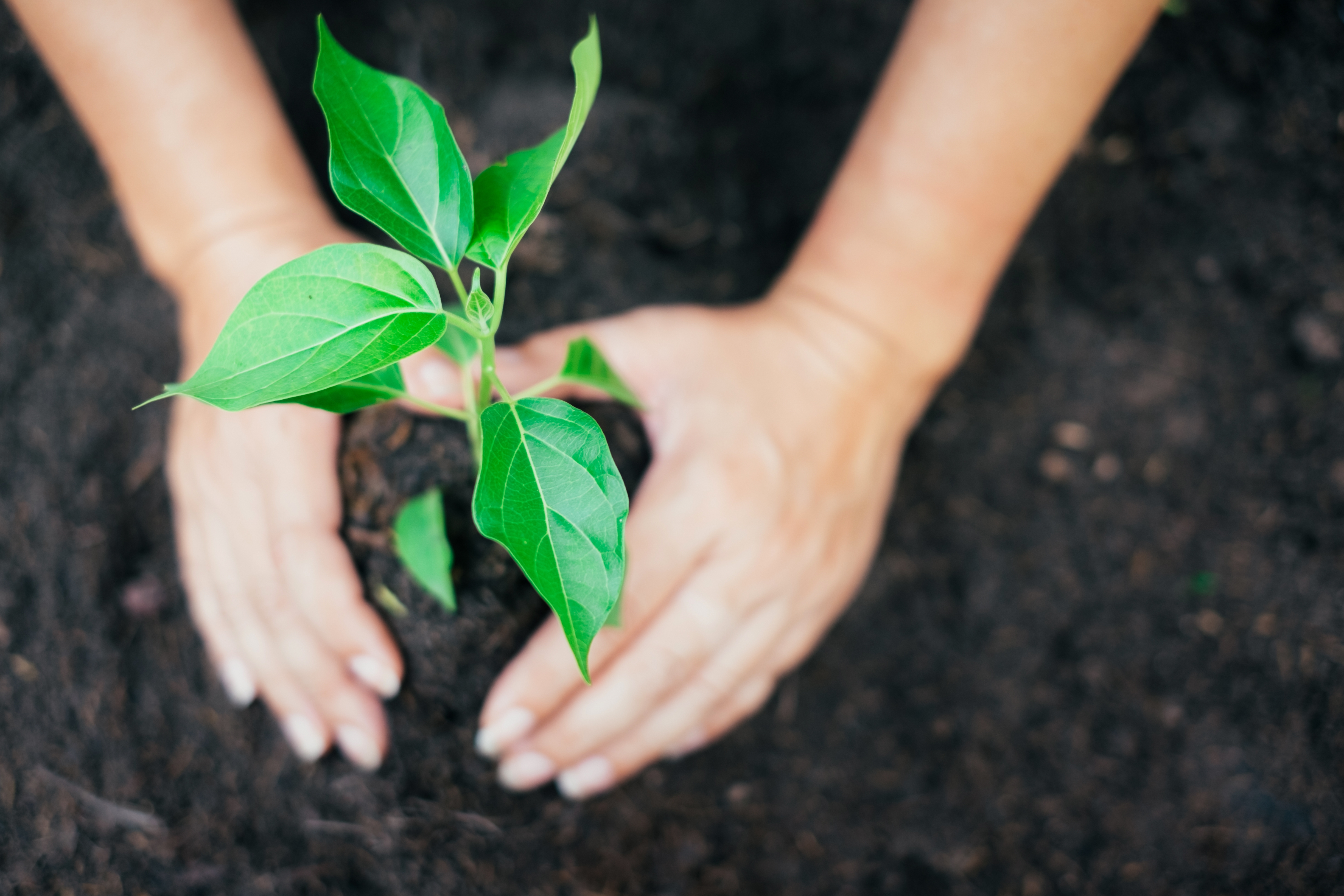
Don’t have any fertilizer or other soil additives on hand? There is no need to be worried. It isn’t appropriate to include them in a planting hole, and in some cases, doing so can discourage a healthy root system. Fertilizers, particularly phosphorus-rich fertilizers commonly sold for new transplants, contain salts that can burn tender new roots if they aren’t integrated into the surrounding soil. If soil fertility is a problem, give plants a nutrient boost by spreading a 1- to 2-inch layer of compost over the planting site, followed by 1 to 2 inches of mulch. When mulching plants, make sure to leave a few inches of breathing room around each plant’s stem. Mounding soil or mulch around a tree trunk can cause girdling roots that encircle the trunk and slowly strangle the plant.
4. Sprinkling Coffee Grounds Around Acid-Loving Shrubs Lowers The Soil’s pH.
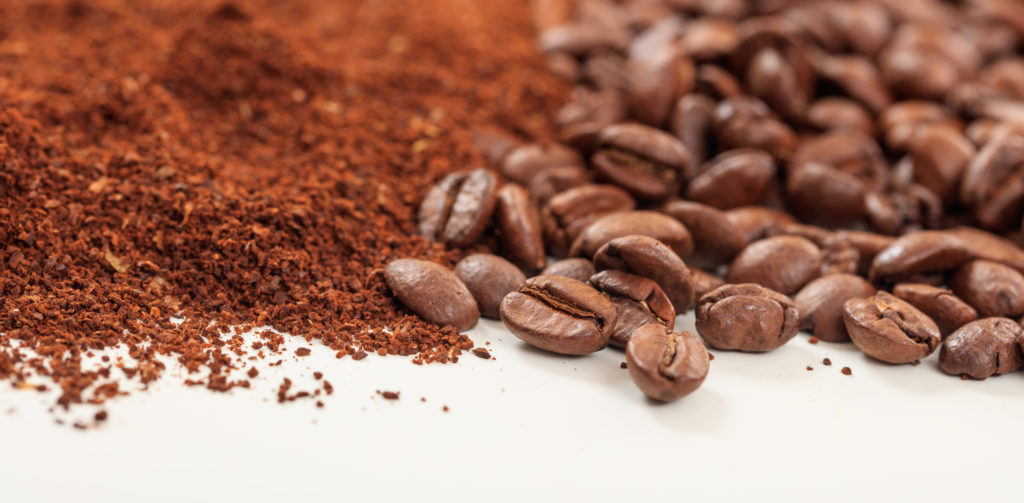
Coffee grounds are acidic, and incorporating them into the soil will gradually change the pH. But there’s a snag: Fresh coffee grounds, like banana peels, can inhibit plant growth by binding up nitrogen in the soil as they decompose, particularly if large amounts are added. Purchase a sulfur-based soil acidifier (available at garden centers) and amend the soil according to the product instructions to lower the pH of your soil without creating a nitrogen deficiency. Many common shrubs, such as azaleas, heathers, rhododendrons, and blueberries, benefit from acidic soil.
3. Organic Pesticides are Safer Than Synthetic Ones.
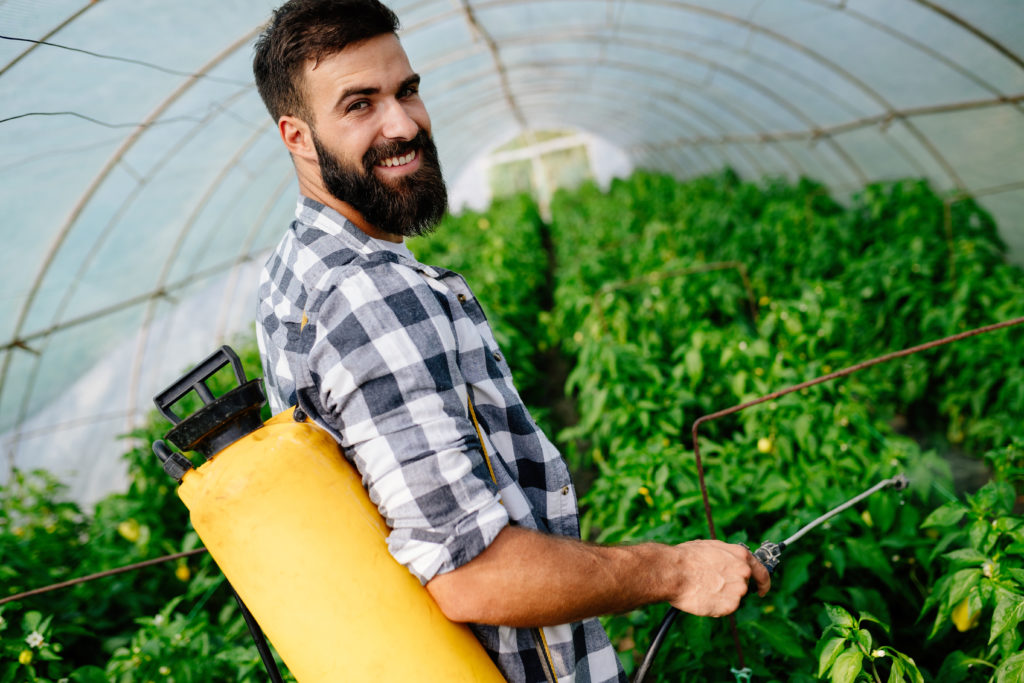
Even though snake venom, arsenic, and poison ivy are all natural, that doesn’t mean they’re healthy. Similarly, many natural toxins found in organic garden products have the potential to be toxic. Natural pesticides, such as pyrethrin (an insecticide derived from chrysanthemum flowers), can damage humans, livestock, and beneficial garden inhabitants, including frogs and bees, if they are misused. If you do use a pesticide, consider how toxic the active ingredients are and how safe they are. Insecticidal soap and products containing Bacillus thuringiensis, aka Bt, are safer options.
2. Drought-Tolerant Plants Don’t Need Watering.
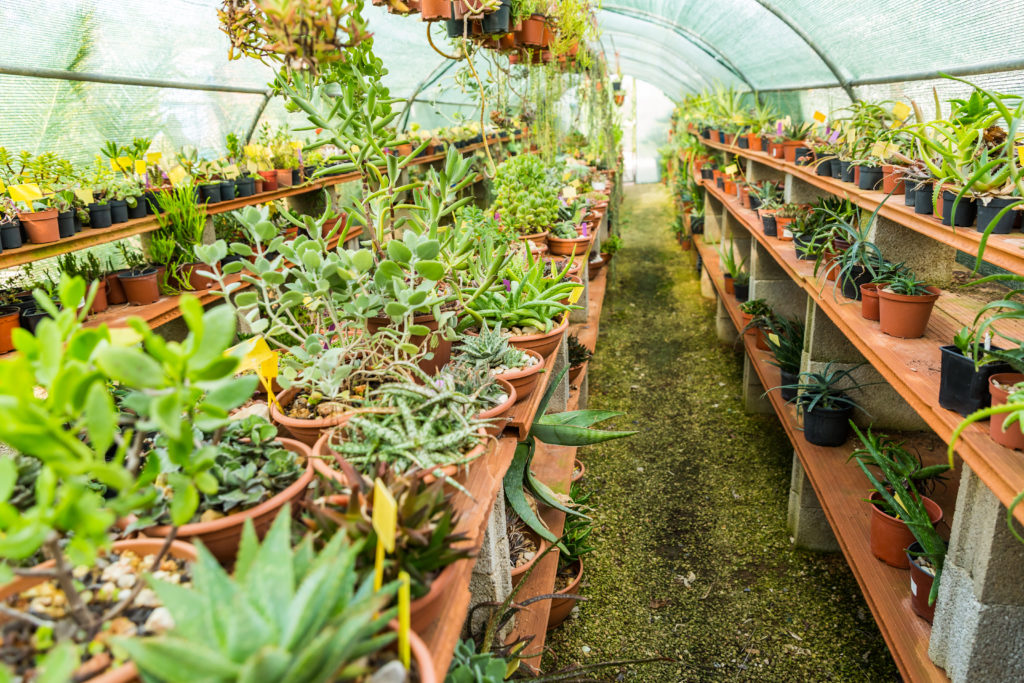
While drought-tolerant plants need less water than other plants, this does not mean you will never need to use your garden hose. If the soil around your plant in the garden or in a container is dry, water it. Since their roots are still establishing, young plants are particularly vulnerable to drought. Regardless of a plant’s reputation for resiliency, keep the soil mildly damp but not soggy in the first year.
1. Buried Banana Peels Give Roses a Potassium Boost.
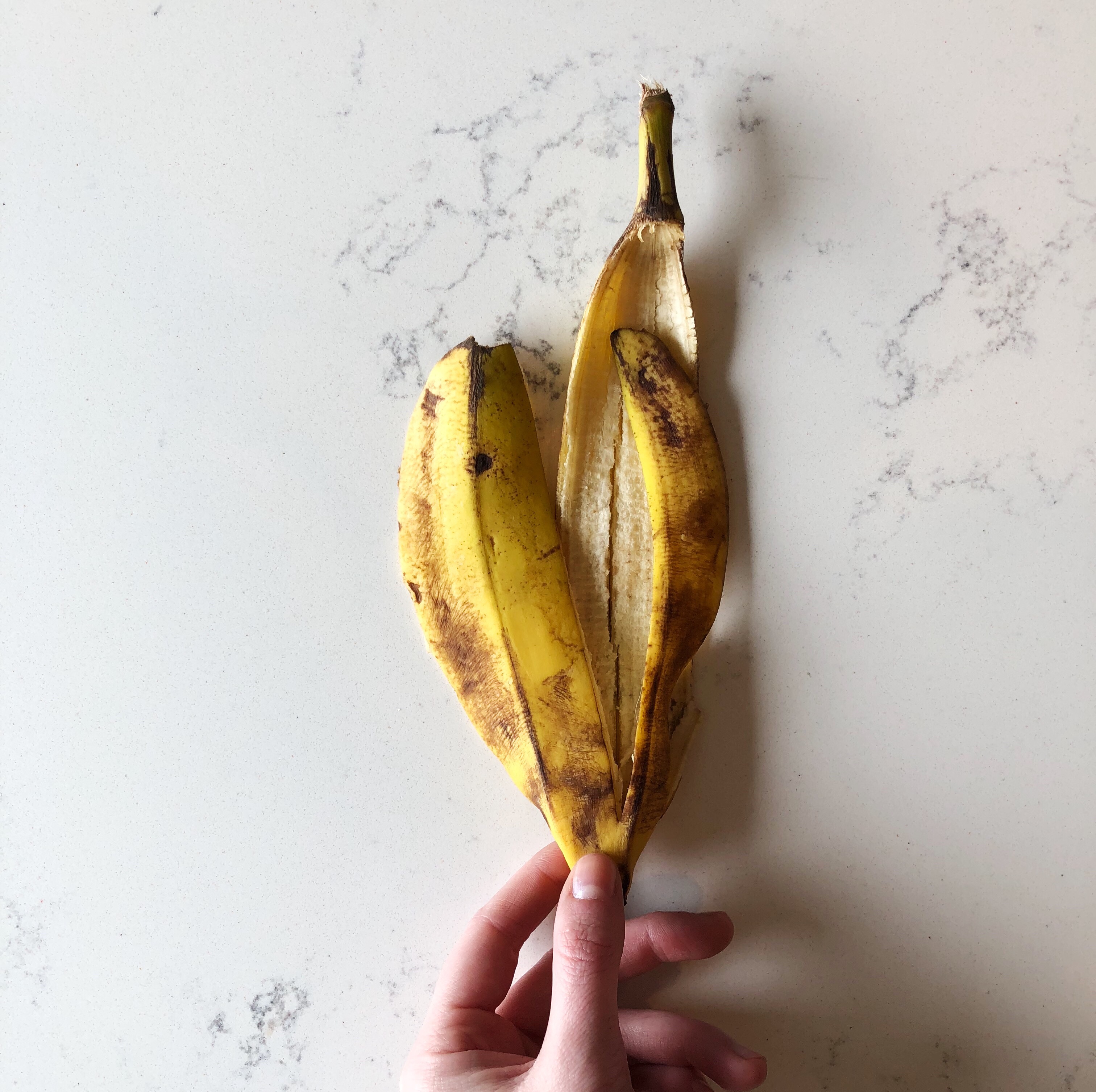
Bananas and their peels are rich in potassium, a nutrient that roses—and all garden plants—need for anything from growth stimulation to flower production. Burying whole peels, on the other hand, will backfire. Soil microorganisms absorb large quantities of nitrogen from the soil as they break down the peels, leaving less nitrogen for plants to green up. Banana peels do well in a compost pile, where they can decompose alongside other nutrient-dense table scraps. Instead, top-dress with compost to provide plants with the balanced nutrition they need.
If you are looking to start your garden, check out the links below for our recommended books and audiobooks.
Don’t forget to download the free ebook too.
Backyard Gardening Book (paperback)
Backyard Gardening Book (audiobook)
Urban Gardening Book (paperback)
Urban Gardening Book (audiobook)

